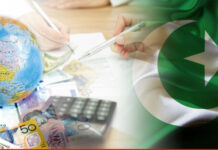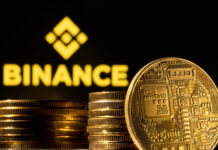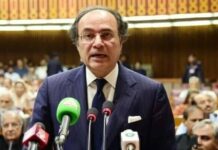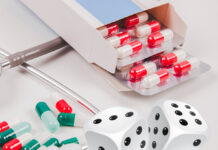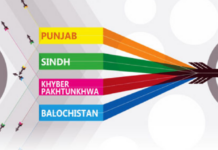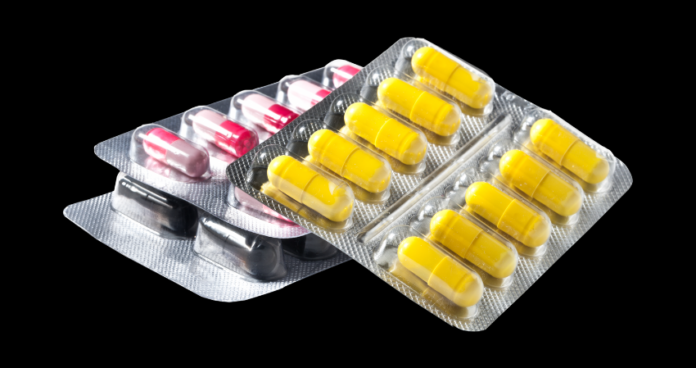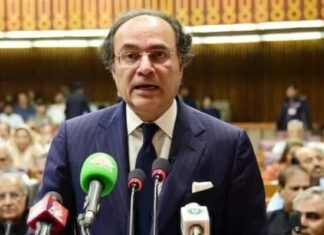Pakistan’s retail pharmaceutical sector surpassed Rs1.049 trillion in sales during the year ending March 2025, marking a 20.62 percent growth in rupee terms and 23.14 percent in US dollar terms, driven largely by price increases rather than a substantial rise in medicine consumption, according to a news report.
Data from IQVIA reveals that unit sales increased by only 3.63 percent year-on-year to 3.77 billion units, highlighting a widening gap between value and volume growth in the market.
Analysts attribute over two-thirds of this revenue growth to price escalation as pharmaceutical companies adjusted their prices amid inflation and currency depreciation.
The industry’s compound annual growth rate (CAGR) over the past four years stands at 19.09 percent in rupee terms but only 4.05 percent in dollar terms, underscoring the impact of the weakening rupee and pricing strategies.
The modest increase in units sold over five years—just 5.49 percent—raises concerns about the accessibility and affordability of medicines for the average Pakistani consumer.
National pharmaceutical firms led in volume sales, delivering 2.91 billion units with a 4.98 percent year-on-year growth, while multinational companies (MNCs) saw a 0.72 percent decline in units sold to 856 million despite a 19.04 percent rise in sales value, reflecting their reliance on price increases rather than higher demand.
Market concentration remains high, with 87 companies each generating over Rs1 billion annually, together accounting for 96.52 percent of total market share. Among them, 20 companies with sales exceeding Rs40 billion, including Getz Pharma, Sami, GSK, Abbott, Searle, and Martin Dow, contributed Rs450 billion and held a 42.92 percent market share, growing 23.28 percent from the previous year.
Firms in the Rs10 billion to Rs40 billion range added Rs348 billion with a 33.18 percent share and an average growth rate of 15.7 percent. Companies generating Rs5 billion and above contributed Rs124 billion and grew by 23.4 percent, led by domestic players such as Hilton, OBS, High-Q, PharmEvo, and Ferozsons.
Among MNCs, Abbott, GSK, Haleon, Novartis, and Novo Nordisk were the top performers, with seven of the top ten multinationals posting double-digit growth.
However, IQVIA’s analysis showed that 68.96 percent of the market’s overall growth came from price increases, while new product launches and volume growth contributed 10.44 percent and 17.99 percent respectively.
In the past year, 636 new products entered the market, with 623 from national companies and just 13 from MNCs, generating Rs7.15 billion in revenue—less than 1 percent of the total market.
Industry experts caution that despite impressive revenue figures, the sector faces structural challenges, with limited growth in actual medicine consumption and heavy dependence on price hikes. They urge stronger regulatory controls on pricing, improved public sector procurement, and policies that balance industry profitability with public health needs to ensure essential medicines remain affordable.



